Chestnut is a strong powerful tall tree with a crown round shape. This is a parking, decorative culture. Adult trees can reach a height of several tens of meters, they look very impressive and majestically. Chestnut is a real decoration of the garden, parks, streets, it is planted in open places in the recreation areas, as his luxurious crown creates a shadow. Especially perfect chestnut in spring - during flowering. The blooming chestnut is an unforgettable spectacle, for a few weeks its spreadable crown is covered with delicate fragrant snow-white inflorescences in the form of candles that cause the delight of others. How to grow a spectacular tree on the summer site and what types of chestnut choose for landing?
Chestnut: Description
The height of the tree can reach 30 meters in height, the trunk is slim, and Crane Chestnut is stretched and lush. Chestnut leaves are large, with a simple and pleasant ornament, there are opposite on long stiffs. Chestnuts bloom in May. The crown of wood is covered with cone-shaped white or pale pink shades, consisting of a variety of small flowers. 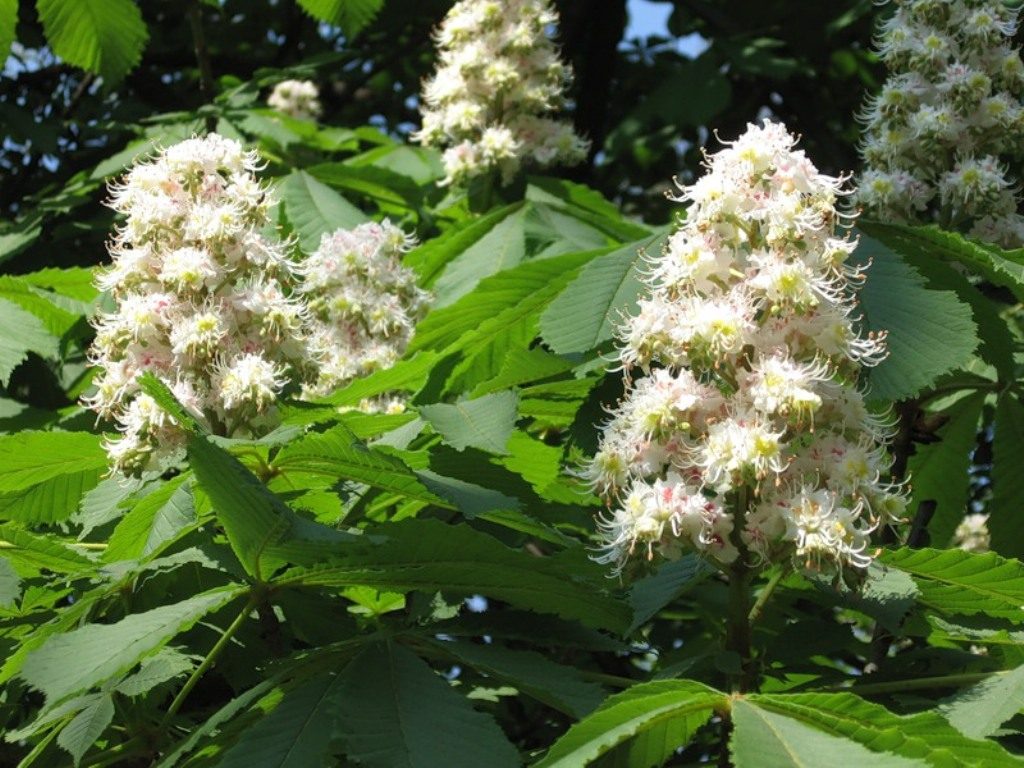
Kashtan is especially interested in its fruits, which many nations are eaten in food (certain edible grades of chestnuts) and use them in folk medicine. The ripening time of fruits is the beginning of autumn. First, fruits look like green round boxes endowed with spikes. After they ripen, the box is revealed to three sash and ripe nuts fall on the ground. Inside the nut there are seeds slightly flattened shaped, covered with a dark color peel. 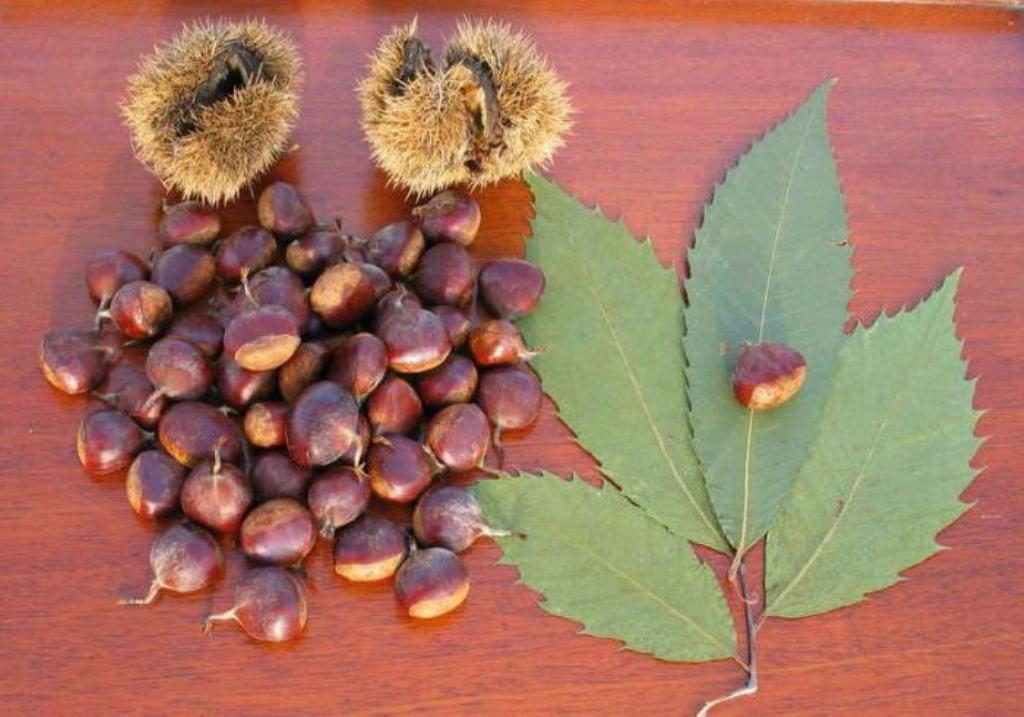
Useful properties and use of chestnut fruits
The useful properties of Chestnuts are widely used in folk and traditional medicine. Fruits contain active biological and tubyl substances, a huge amount of pectins, flavonids and oils that contribute to the decrease in the permeability of blood capillaries, they are actively used with the wet of venous blood. Preparations based on the healing properties of chestnuts are used to treat varicose veins, ulcers, thrombophlebitis, are used to increase veins tone. They have an analgesic effect on the body, relieve inflammation. Take preparations and healing agents as inward and externally.
What to choose a grade of chestnut for landing?
Chestnuts are widespread in the European part of the CIS, in the Caucasus, Central Asia. In nature, it can be seen in the forests, slopes. It should be noted that high trees with spreader crowns, blooming in May with fragrant white inflorescences that we see on the streets, in parks and squares of many cities - the inedible view of the chestnut, whose name horse. The horse chestnut externally resembles an edible chestnut, but refers to another family - cacked, while chestnut, the fruits of which are used in food refers to the beech family.
Many gardeners when choosing a chestnut variety for their plot prefer precisely horse chestnut. It is loved for a decorative luxury crown and fascinating flowering. It is important to remember that the horse chestnut is an individualist and requires a sufficient number of space, so small garden sites are not suitable for this. The shadow, which throws away the thick crown of wood, will not allow the successful cultivation of other plants or cultures.
Consider which grades of edible chestnut can be planted on its site:
American (toothed)
This is a fruit tree with brown bark with deep grooves, chic crown and powerful thick branches. Its height can reach more than 30 meters. The toothed chestnut has large, pointed on the ends of the leaves with a wedge-shaped base. In the form of the leaves resemble a leaf of cannabis. The shape of the leaves is very beautiful, especially in the fall, when the foliage acquires a bright yellow and crimped shade. Chestnut leaves are an excellent copy for herbarium lovers. The inflorescence of the toothed chestnut reaches 20 cm in length, his flowering time is July. 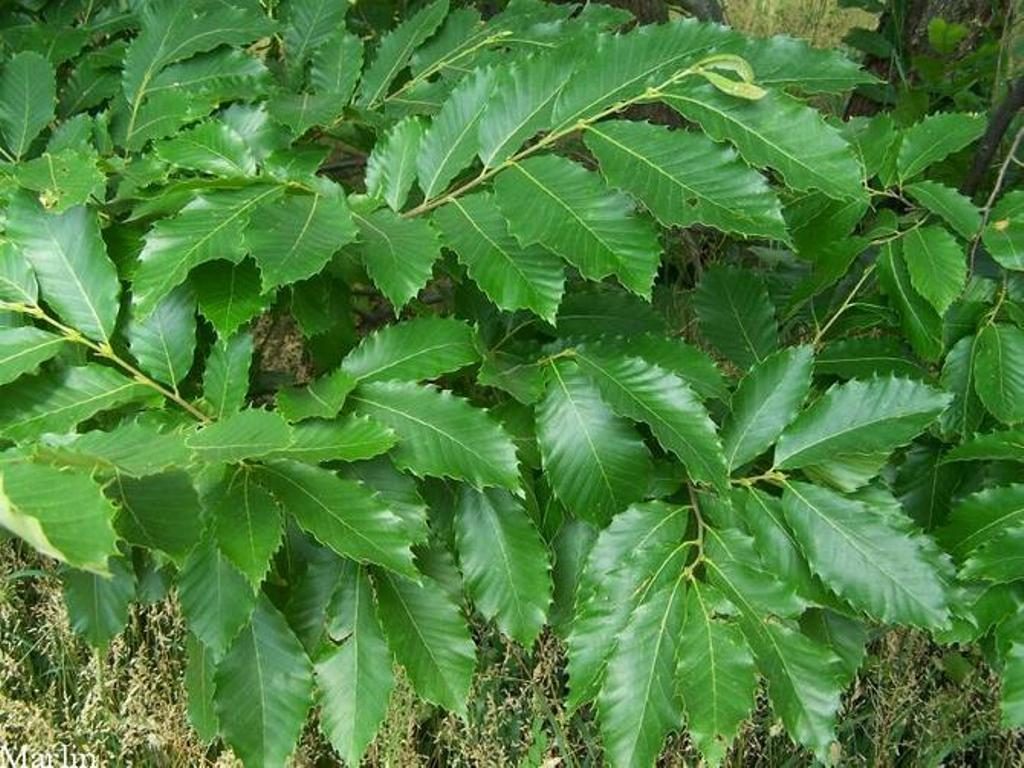
The fruits are original in its form. This is a bright green plus in a diameter of 7 cm with thin long spines, in which light brown sweet fruits are in an amount from 2 to 3 pieces. The fruits of American chestnut in many countries are a delicacy and are considered a valuable product. 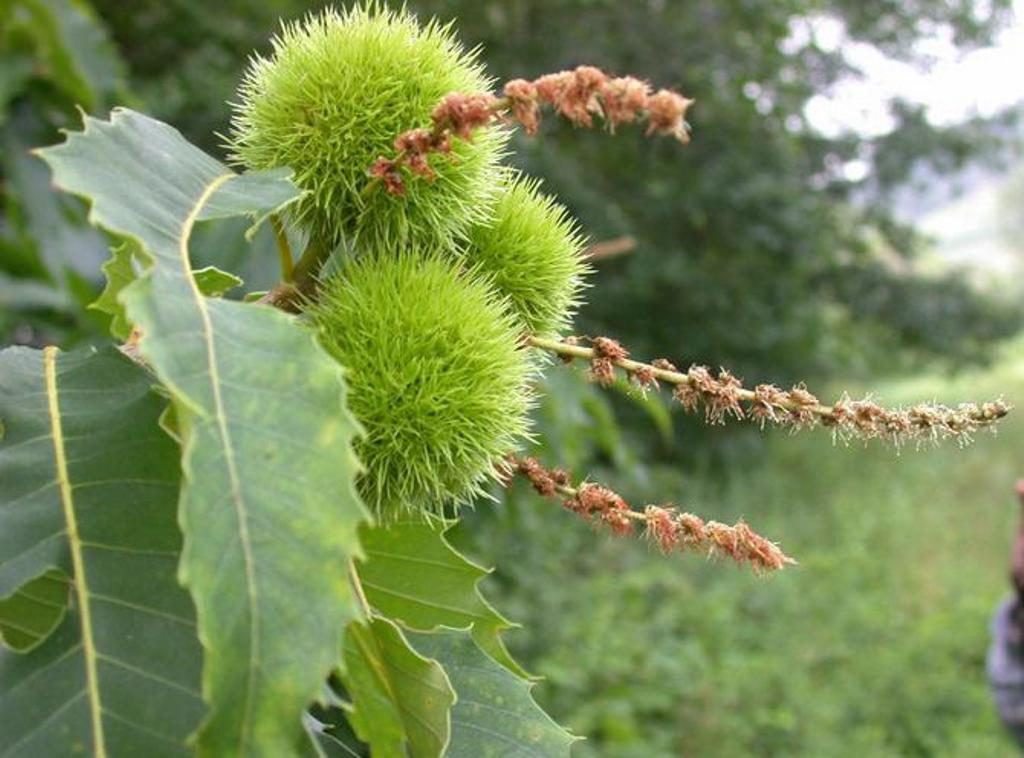
European (sowing)
A large high tree that achieves the height of more than 35 meters with a direct barrel, the diameter of which is about 2 meters. There are several names of this type: noble, sowing, edible chestnut. The leaves of European chestnut in the bottom are covered with a fly, which makes it a feeling that they have a gray shade. The form of a sheet is very beautiful, pointed with sickle teeth, color is a rich green. 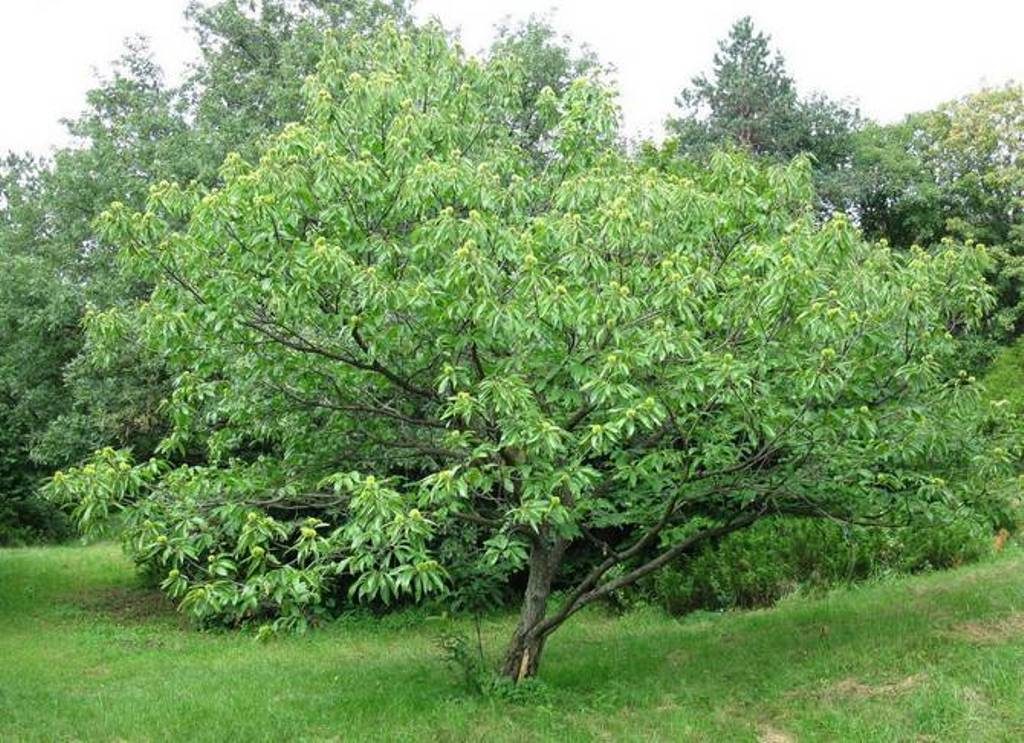
Chestnut is a flowering tree, his flowering time is June. Inflorescences acquire the shape of the column. Men's inflorescences look in the form of spiketam with inflorescences 35 cm long, female - short, also have a void form. Fruit the tree begins at the end of October, during the beginning of the foliage of foliage. Edible fruits of sowing chestnuts are hidden in a spherical box covered with small barns. When they ripen, the box cracks. Fruits to taste are sweet, loose and fatty in their composition, delicious dishes prepare from it. They are fry, baked, dried, used in baking and for the manufacture of confectionery products. It should be noted that the older the tree, the more it is fruit. 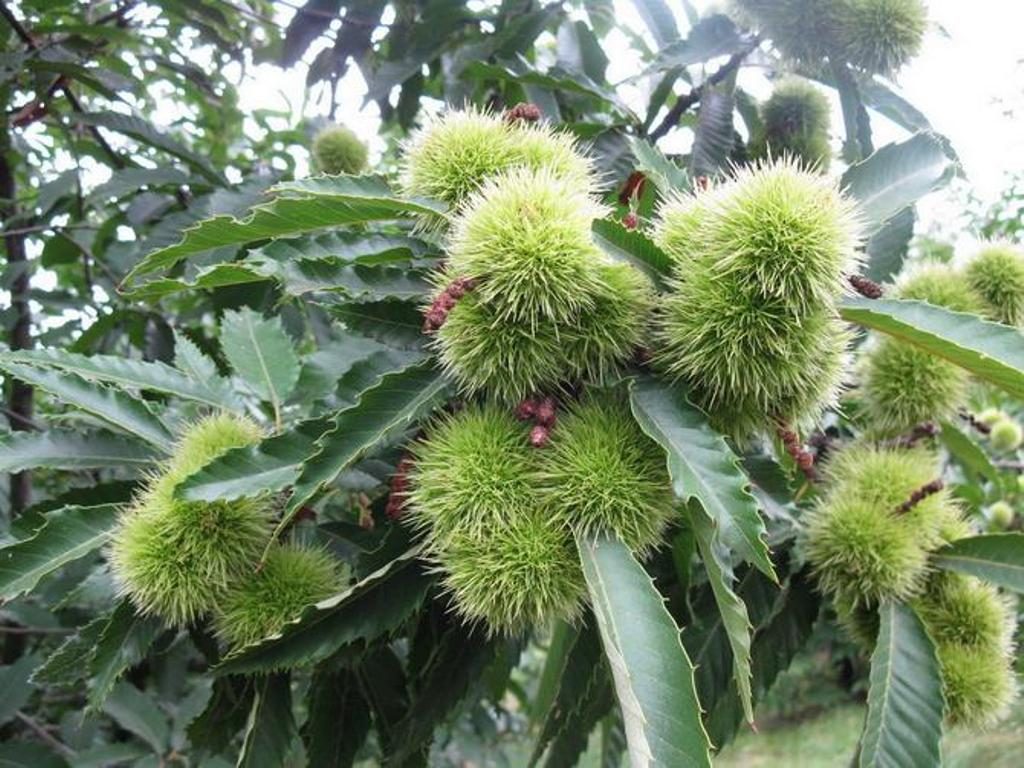
Chinese chestnut gelectic
Unusually beautiful view of chestnut, the tree is low, reaches a height of 15 meters. Branches - colorful, leaves - small-grained with a whitish edge below. The inflorescences of the Chinese chestnut - standing, fluffy, painting inflorescences depends on the variety. The fruits are unusually nutritious and have an unsurpassed taste. 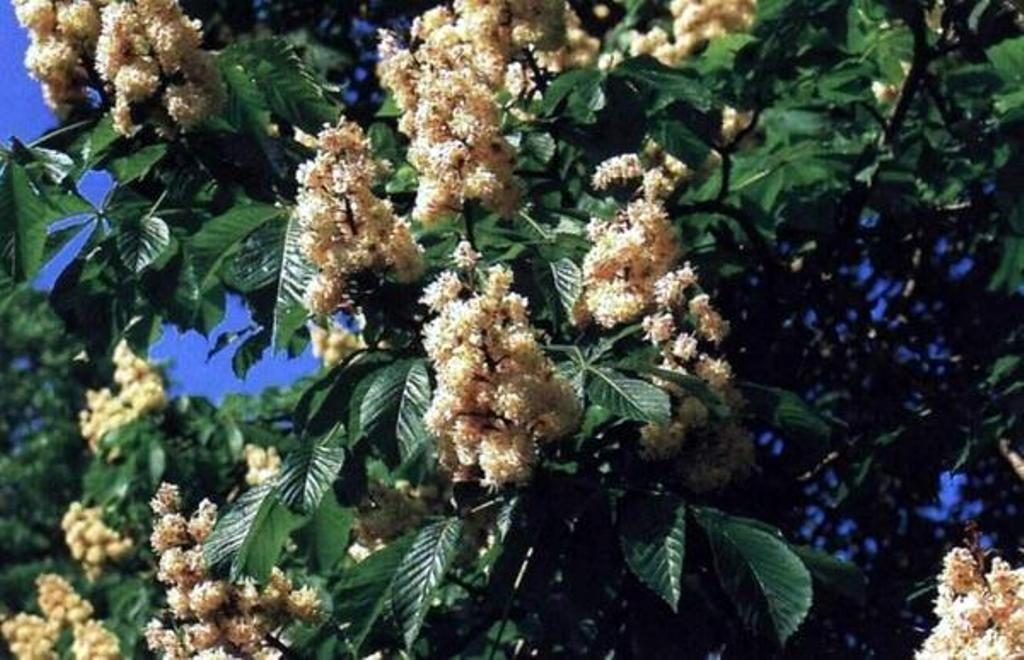
Japanese chestnut (gorgeous)
Motherland Chestnut - Japan, Korea, China. The tree grows quickly, in the second or fourth year begins to be fruit. The Japanese chestnut is characterized by major edible fruits, their diameter can reach 6 cm, and the weight of up to 80 grams. 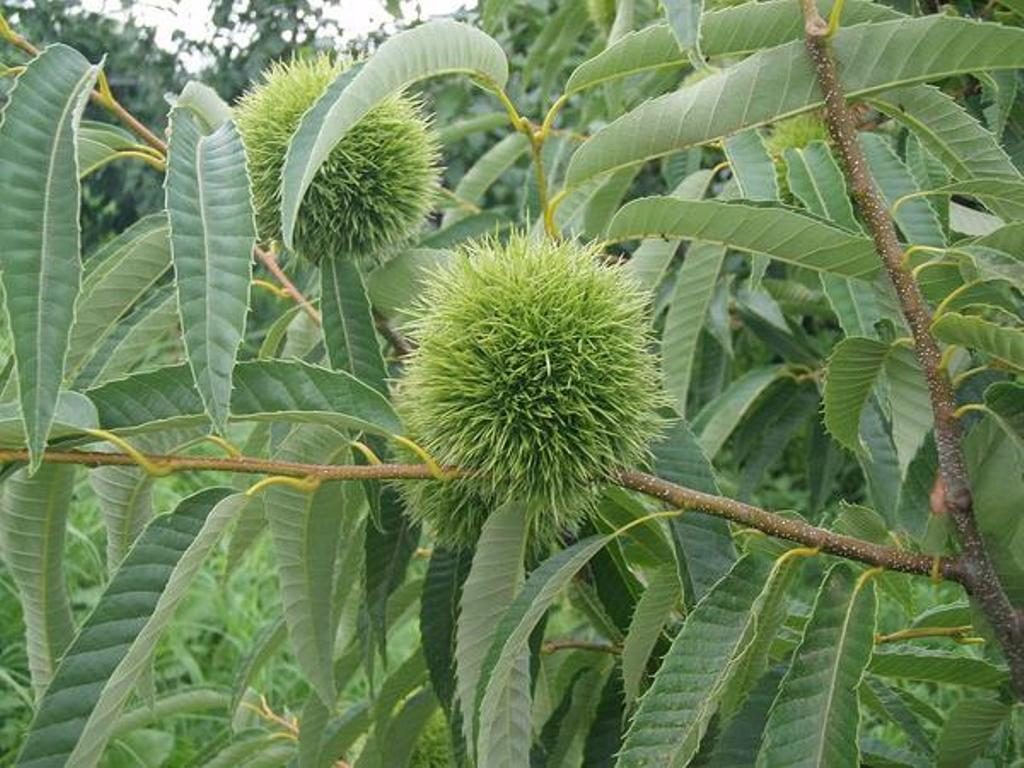
Konsky chestnut
Magnificent decorative powerful tree with inedible fruits. The main advantage of the species is its decorativeness, especially during flowering in the spring. During this period, the horse chestnut becomes the most attractive, just look at the photo of flowering chestnuts. Decorative leaves form a lush thick crown that will create a wonderful shadow in the garden in the recreation area. The horse chestnut is not picky, resistant to many diseases and frosting. However, the tree grows not as fast as I would like. The first ten years grows very slowly. Among the most beautiful sorts of horse chestnut can be allocated:
- horse pink - Differs dark green foliage, crown of wood - spread, in the form of a cone. Inflorescences of pink color reprehension. This variety is widely used to landscap the rod industrial urban areas, as chestnuts perfectly clean the air.
- horse ordinary - Tall tree, reaching a height of 25 meters, with a spreaded thick crown of up to 20 meters in diameter. Often the lower branches of the tree are inclined to the ground. Social activities are long, reprehension, flowers fragrant white color are beautiful insights that attract bees and insects.
- konsky Melkocetric- chestnut in the shape of a shrub. The heat-loving and demanding of the cultivation conditions grade. Flowers in the middle of summer with snow-white inflorescences.
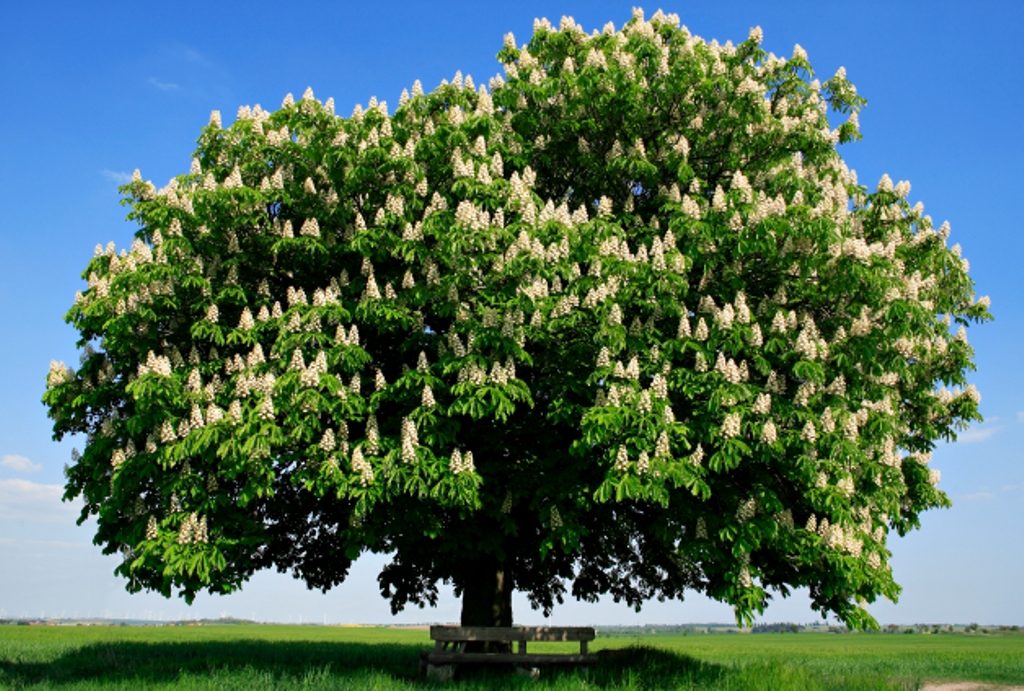
How to grow chestnis
To ride your country area and plant a luxurious tree of chestnut, it is necessary to take into account the peculiarities of the tree growth and decide what you will grow a plant: from fruits or plant seedlings.
Where to plant chestnut and soil preparation
Chestnut is a large tree, with a wide crown, prefers illuminated places. For successful cultivation of chestnut, it is necessary to make the right selection of the site for it, the following factors should be taken into account:
- The root system of wood is extensive and requires a large space. For full development on a plot within a radius of 5 meters, economic buildings, other plants or garden crops should not be present.
- Seat chestnut is necessary on a well-lit plot or in a place where the shadow will not be throughout the day. In the shadow, the chestnut blooms poorly.
- Prefer the windless terrain, where there are no drafts and there will be no strengths of the winds to prevent the deformation of the trunk of young seedlings.
What a soil is necessary for planting chestnuts
The chestnut has a surface root system so that the roots do not have sex and does not occur, the soil must have a good drainage. It is preferable that the soil is loose. An excellent option for planting chestnut is a loom substrate with lime and sand, also suitable black soil. The soil must be moderately humid and neutral. Dense soils for the cultivation of chestnut will not fit.
Landing Chestnut: Methods of breeding
Kashtan can be planted in several ways:
- Seeds. Chestnut seeds do not have a high germination and wait for the first germs for a long time.
- Purchase ready-made chestnut seedlings. This is the fastest and easy way to grow a tree. The age of seedling for landing is 7-10 years.
- Fruits from a tree. A long method of cultivation that requires compliance with certain rules.
How to prepare the fruits of chestnut to landing
If you decide to raise chestnut from fruits or seeds, use the following instructions:
Autumn planting
In the fall of the fruit collected in the fall 7-10 days in the cold. Choose whole, healthy chestnut fruits. You can take advantage of the natural idea and throw the fruits of the chestnut foliage there, where we would like to grow a tree. In the spring you will find already sprouted fruits from which beautiful seedlings will turn out. It is necessary to plant the prepared fruits in the ground to the depth of 2-3 of the fetus diameter. Soil must be poured. With autumn planting, chestnut fruits give stronger and healthy sprouts, as there are additional natural stratification in winter. 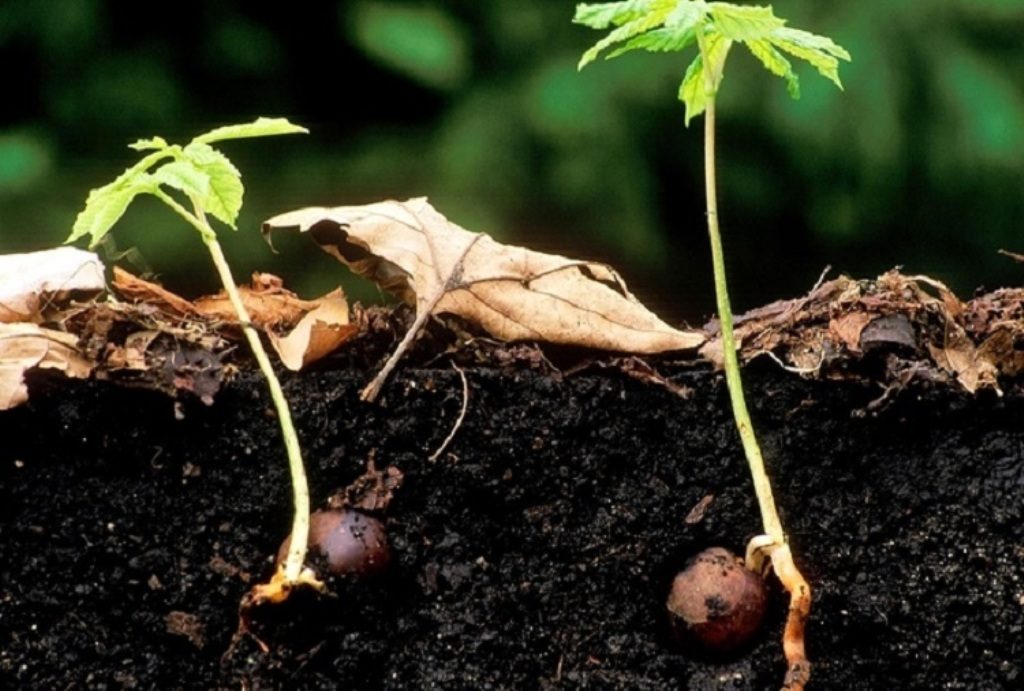
Spring planting
It is possible to plant chestnut fruits with the arrival of spring. To do this, it is necessary to store them all winter in the refrigerator, and in front of the disembarkation, put in warm water for 5 days, not forgetting it to change it. It is necessary to wait for the swelling of the fruits to make it easier to overcome the shell. Planting wake-up fruits are necessary in moistage soil.
In addition, you can land the fruit of Chestnuts immediately into the flower pot in November or December, it will grind over winter, and in the spring sprout you can plant in open ground.
Landing Rules Chestnut Saplings
When planting chestnut seedlings, follow these rules:
- The landing site should be extensive, not less than 5 meters for one seedling.
- The landing pit should be in the form of a cube, the depth of 0.5 meters.
- Mandatory on the bottom of the pit to put the drainage layer with a thickness of 20-30 cm. Sand, crushed stone can be used as a drainage layer.
- In the planting hole, add a mixture of soil with humus and 500 grams of dolomite flour if the soil is distinguished by increased acidity.
- Place the sapling in the pit so that its root neck is at the soil level.
- To avoid dedication of the trunk of the tree, due to the sedimentation of the soil, it is necessary to exalt the landing well and make it above 5-10 cm.
- A seedling is needed abundant irrigation, it will take about 3-4 buckets of water.
- A young trees need a temporary backup in the form of wooden pegs, which will protect the seedling from the gusts of the wind. When the root tree of the tree is strengthened, the backup can be removed.
Chestnut care
To care for the chestnut is easy, the tree does not need abundant irrigation and remarkably tolerates drought. During a long arid period, an adult tree is recommended to water from the calculation of 1 bucket of water per 1 m square. Projection crown. And the young trees are more demanding to watering, they are recommended to water regularly.
In addition to irrigation, chestnut needs fertilizer, soil mulch, as well as sanitary trimming of drying, damaged branches. Also, remove the piglets and shoot from the barrel. As a rule, the tree is grown in the form of a strambered tree with a central barrel.
Fertilize trees in spring organic, a solution of 10 liters is used: a cowboy - 1 kg, urea - 15 grams. For autumn feeding in this solution, 15 grams of nitroammofoski are added. As a mulch of the priority circle, wood chips, peat or peatpost, a layer of mulching - about 10 cm are used.
Chestnut Preparation for Winter
Chestnut - frost-resistant, but young seedlings need to be stolen in the winter period in the first 2-3 years after they are landing. The soil of the priority circle is mounted peat or fallen leaves of 20 cm thick. The trunks of young trees need to be bought by burlap using several layers and consolidate it. The older tree, the higher its frost resistance.
Strong frosts can lead to cracks on the tree cortex, in this case the damaged sections of the cortex are processed by antiseptic drugs and are embarrassed by garden boraner. 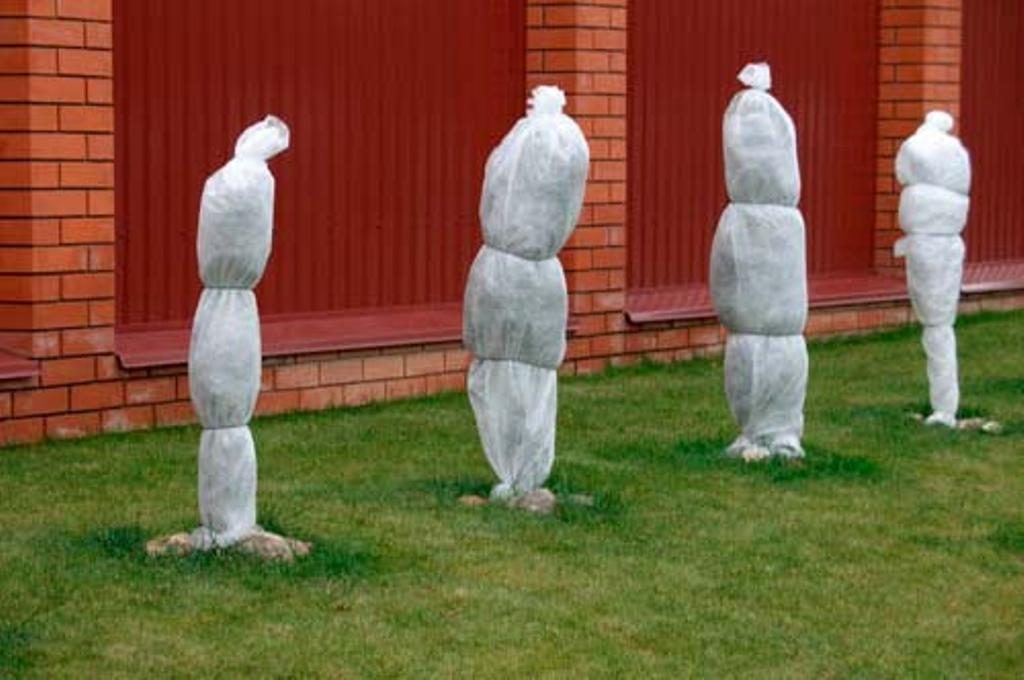
Pests and diseases of Chestnut
Most often, chestnut is susceptible to the attack of chestnut (or mining) moths and wood ticks, he also suffers from pulse dew.
- Chestno mole. It damages the leaves of the tree, with its attack, the chestnut drops damaged foliage and weakens. As a result, the tree may not transfer winter frosts. It is necessary to fight the mole with a special chemical preparation of Lufox 105 EU, which will destroy mole at all stages of its development. The fallen fallen leaves need to be assembled and burned to destroy moth larvae.
- Puffy dew. A fungal disease, which manifests itself a grayish flare on the upper side of the leaves, sometimes manifests itself with rusty spots. As a result, foliage quickly turns yellow and falls. In the fight against pulmonary dew, fugitiscides are used that need to be treated for prevention trees.
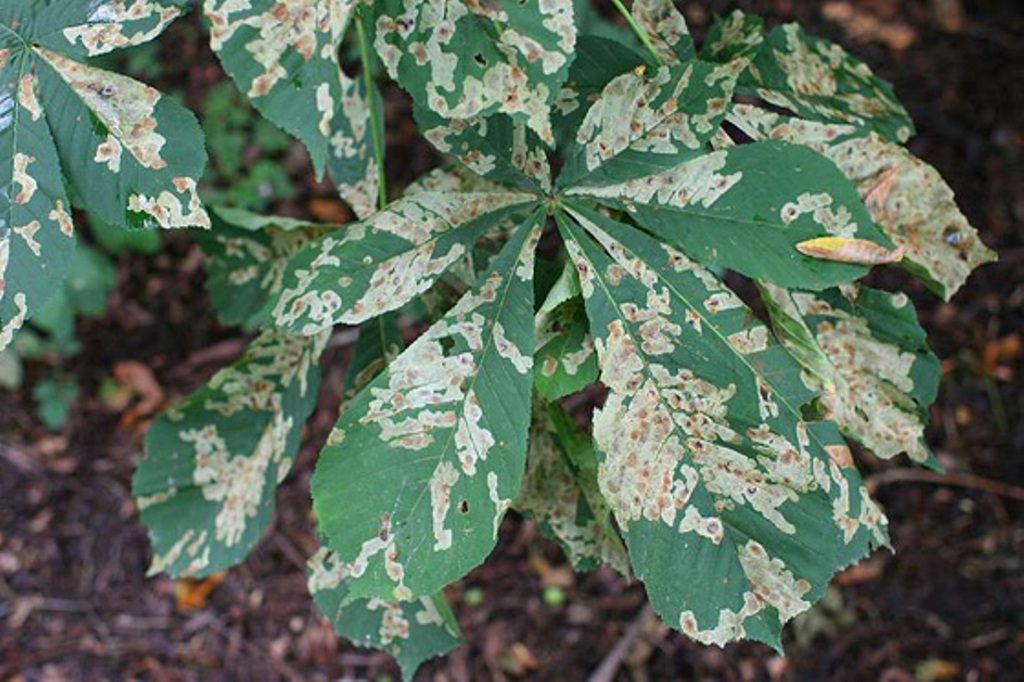
- Wood tick. Leaves larvae on the leaves that acquire a characteristic reddish tint. The tick sucks juice from the leaves, subsequently it will boil and dies. To combat tick phytodeterm, decis, carbofos. Branches affected by tick - cut and burned.
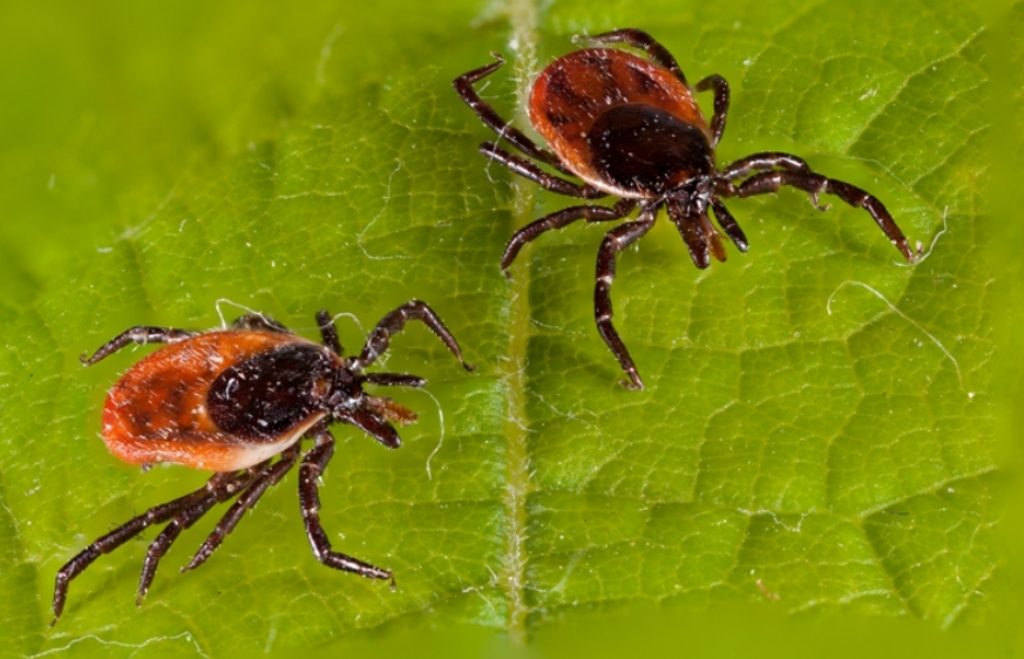
- Practice spot. Chestnut leaves as if shot by a small fraction. Later on the foliage appear brown stains. Effectively struggles with fungus Bodrosing liquid, spraying it is carried out 2-3 with an interval of 10 days after flowering.
- Black spotty. Leaves are covered with black spots and fall. The tree is weakening, flowering slows down. The cause of fungus - protracted rains, high humidity, especially at low temperatures, also the development of the disease can occur as a result of a lack of potassium. As prevention, it is recommended to spray chestnut with copper vitriol during still sleeping kidney.
Chestnut in Landscape Design
The chestnut tree looks great as a single plant and as in group landings along roads, streets, garden tracks and alleys. Chestnut is perfectly adjacent to eating, pines, birch and acacia. Solemn and majestically looks like a luxurious chestnut as a single landing in the center of the green lawn, in the shade of which can be hidden from the scoring rays of the sun in the summer. 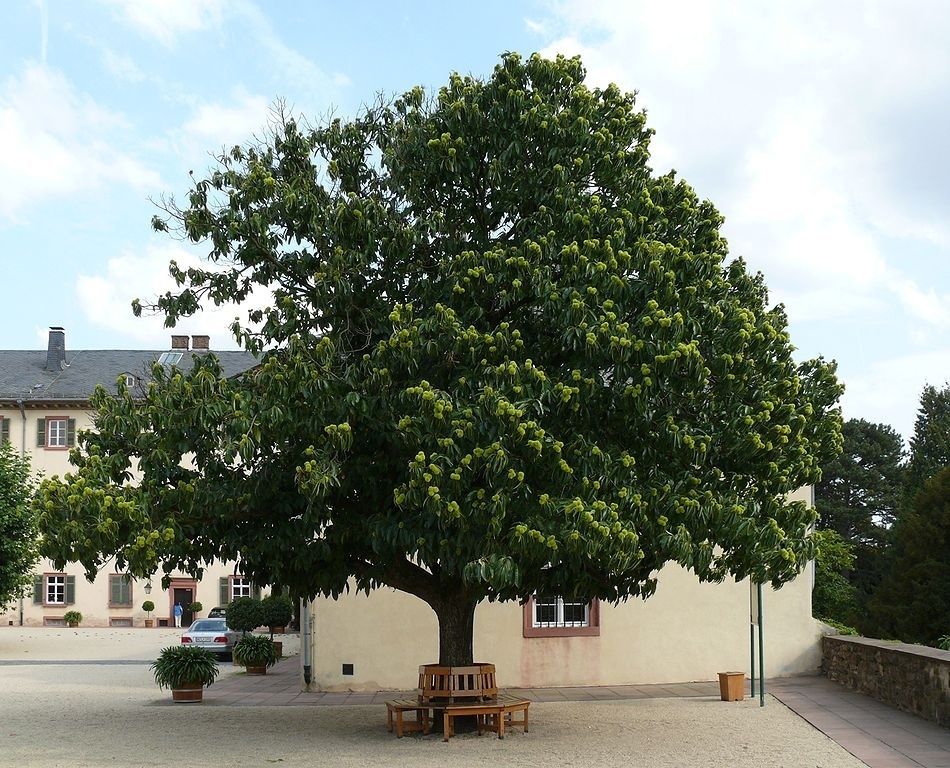
Having ensured the correct tree care, observing the rules for planting young seedlings, after a few years your site will enjoy a majestic tree with fragrant blossom in the spring, giving aesthetic pleasure and with an incredibly beautiful crown, covering you from the heat in a hot summer.

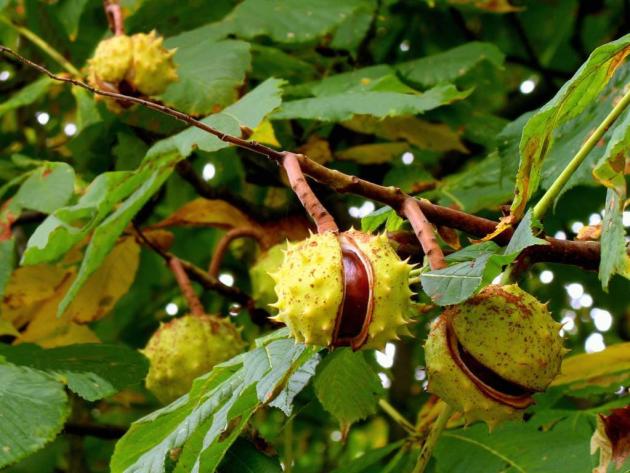
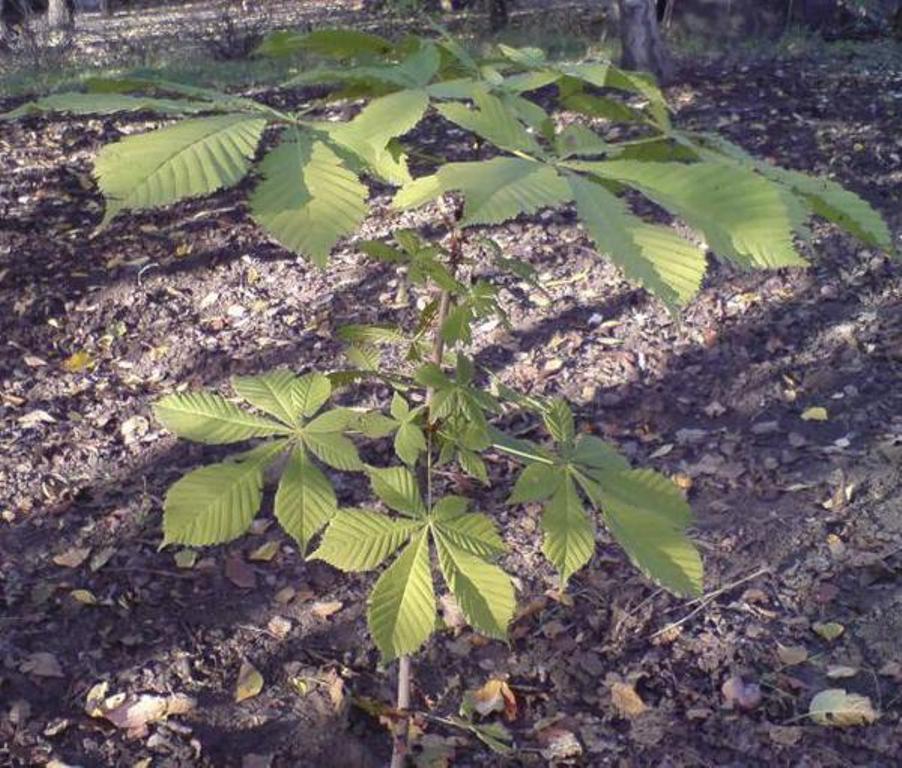
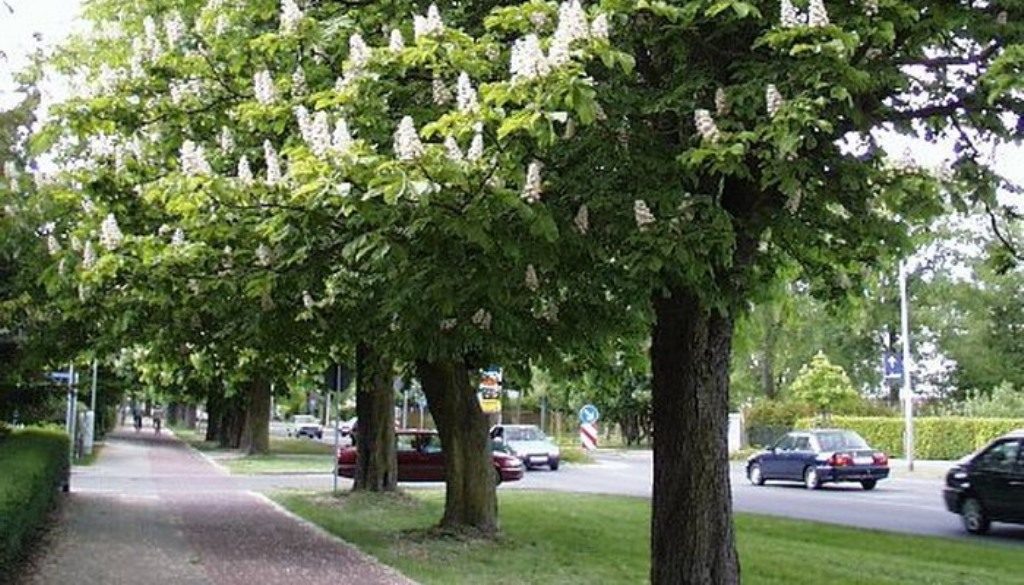
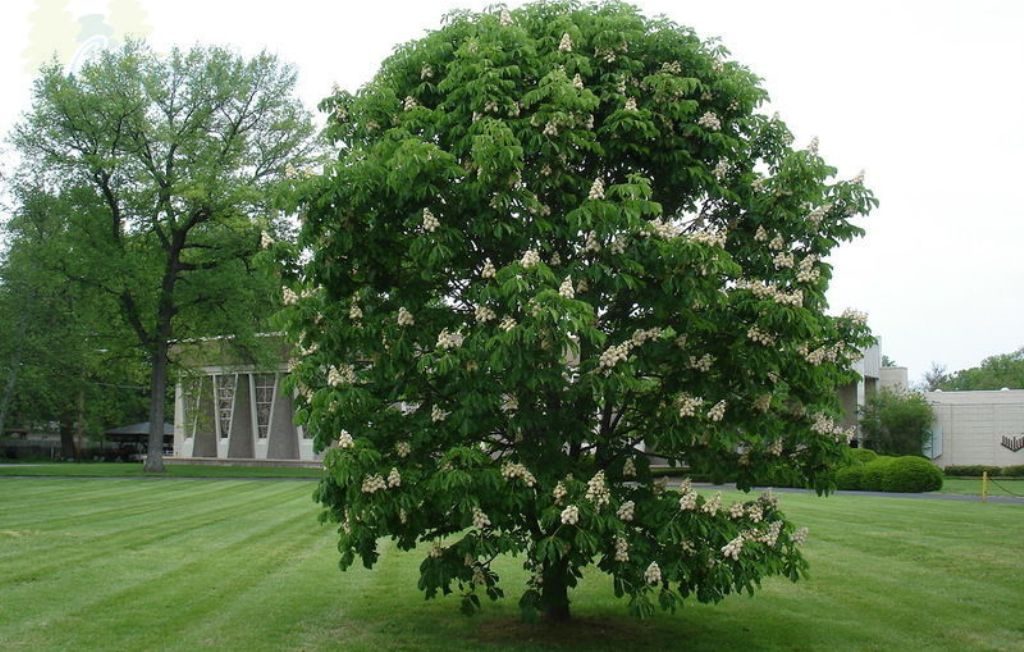
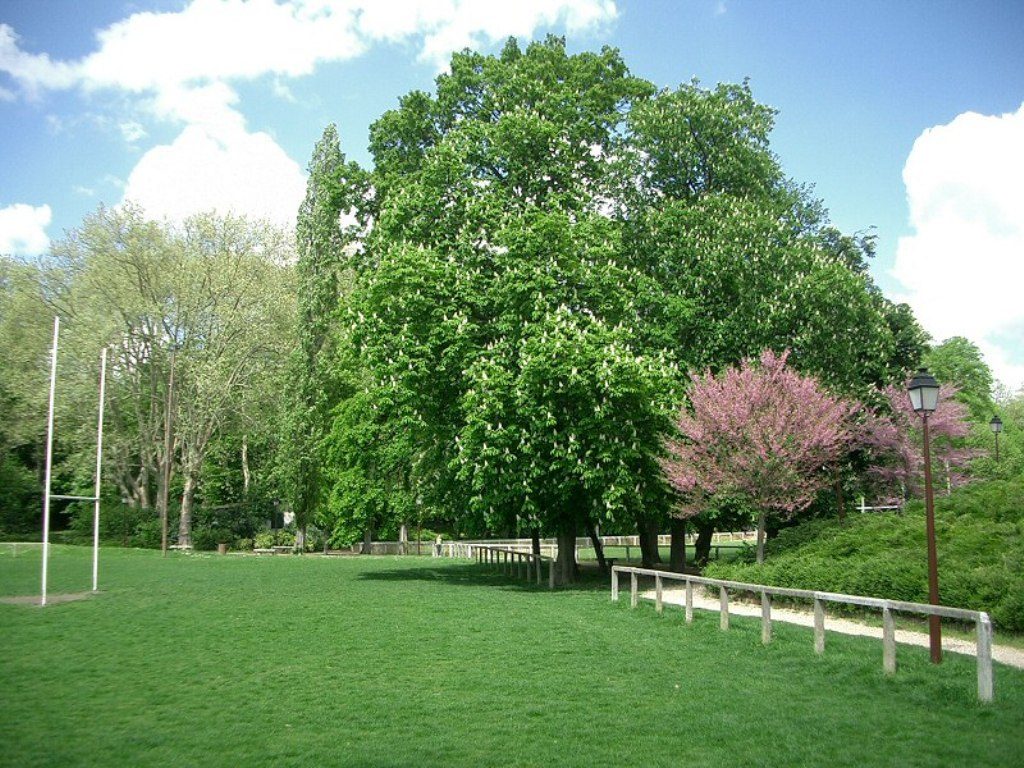
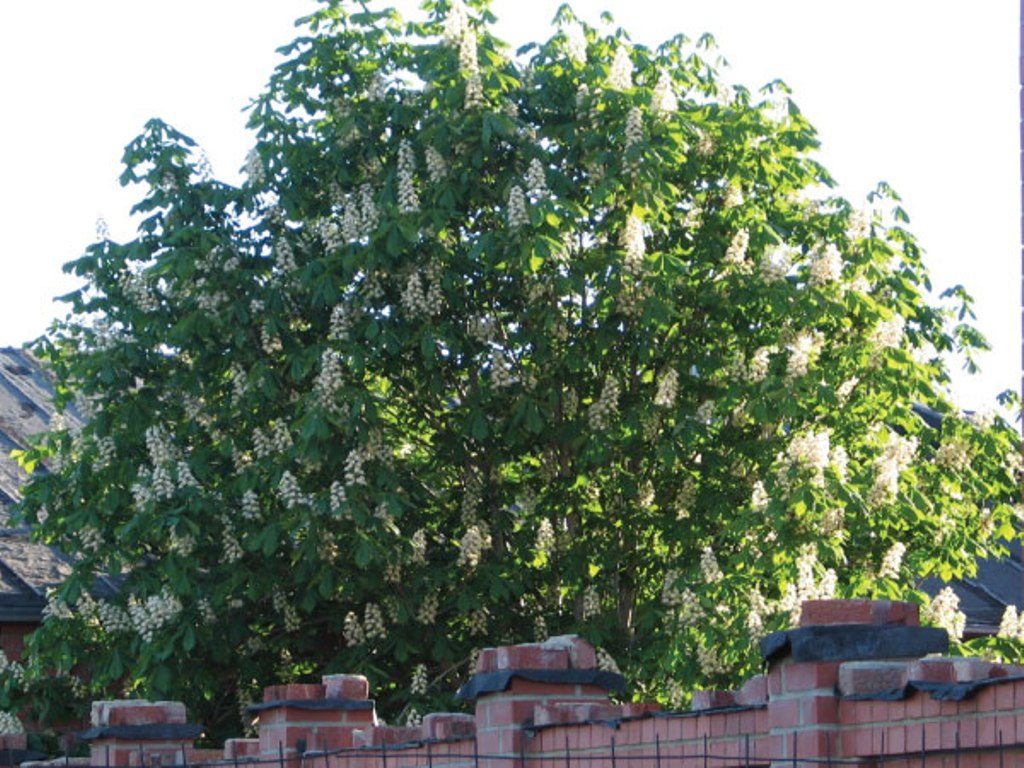
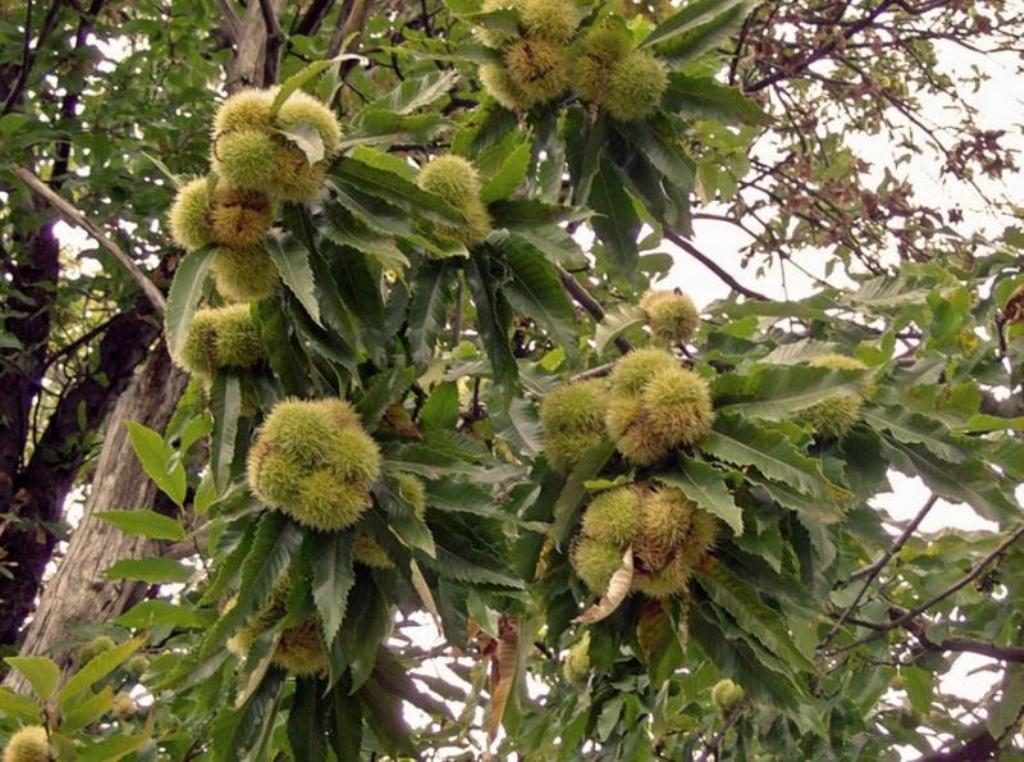
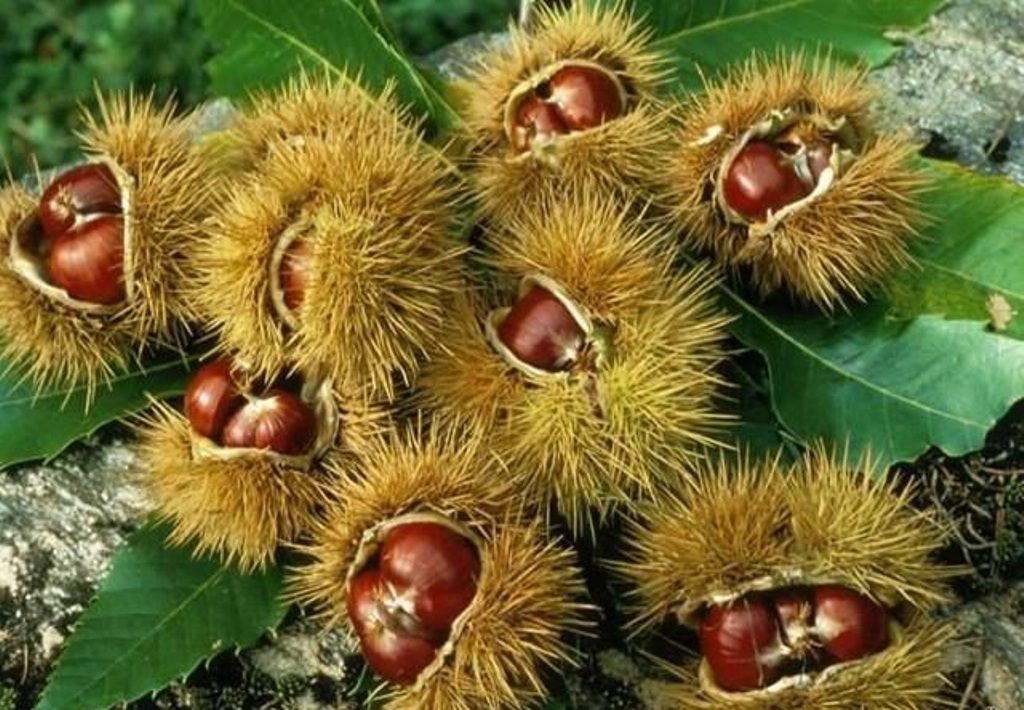
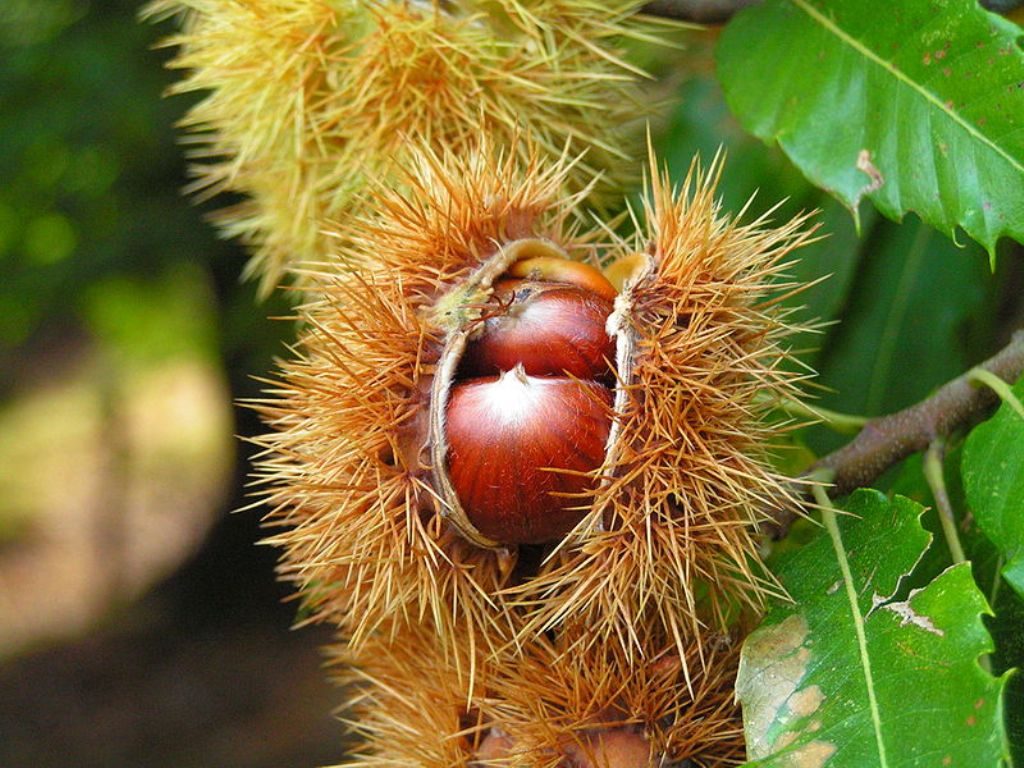
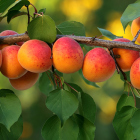
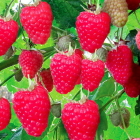
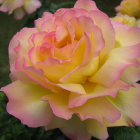
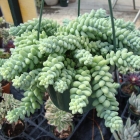
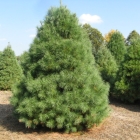
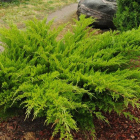
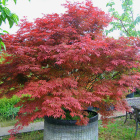
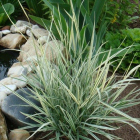
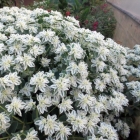
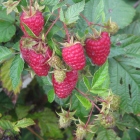
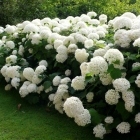
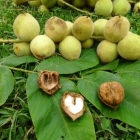
 Start a discussion ...
Start a discussion ...